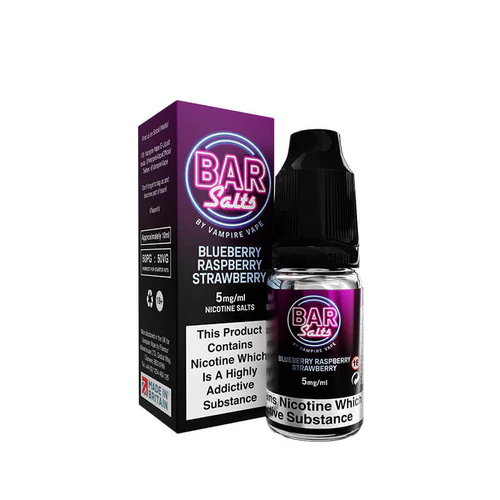Popular Brands
10ml Multi Buy Deals
Shortfill Multibuy Deals
E-Liquid Type
Flavour Types
Multi-Buy Deals

Popular Brands

Pre-Filled Pod Kits

Rechargeable Disposables
Disposables E-Liquid

Vampire Vape Bar Salts
Looking for disposables flavour in an e-liquid? Look no further than Bar Salts by Vampire Vape
Shop NowShop By Type

Prefilled Pod Kits

4-In-1 Big Puff Kits
2-In-1 Big Puff Pod Kits
Pod Kit Deals

Replacement Fillable Pods
Prefilled Kits & E-Liquid Pods

Rechargeable Disposables

Rechargeable Disposables
Not quiet ready for a pod kit? Rechargeable disposable vapes might be the solution for you
Shop NowVape Mods
Rechargeable Disposables
Coil Finder
Pre-Built Coils
Vape Accessories
DIY E-Liquid
FREE UK Delivery on Order Over £20
We Ship 7 Days a Week
Trustpilot Rated - 'Excellent'
Rewards Scheme - Spend & Save
Avomi
E-Liquid
Popular Brands
E-Liquid Type
Flavour Types
Disposables
Multi-Buy Deals

Popular Brands

Pre-Filled Pod Kits

Rechargeable Disposables
Disposables E-Liquid

Vampire Vape Bar Salts
Looking for disposables flavour in an e-liquid? Look no further than Bar Salts by Vampire Vape
Shop NowShop By Type

Prefilled Kits
Prefilled Pod Kits

4-In-1 Big Puff Kits
2-In-1 Big Puff Pod Kits
Pod Kits
Pod Kit Deals

Replacement Fillable Pods
Prefilled Kits & E-Liquid Pods

Rechargeable Disposables

Rechargeable Disposables
Not quiet ready for a pod kit? Rechargeable disposable vapes might be the solution for you
Shop NowVape Kits
Vape Mods
Rechargeable Disposables
Tanks
Coils
Coil Finder
Pre-Built Coils
Alternatives
Accessories
Vape Accessories
DIY E-Liquid

















